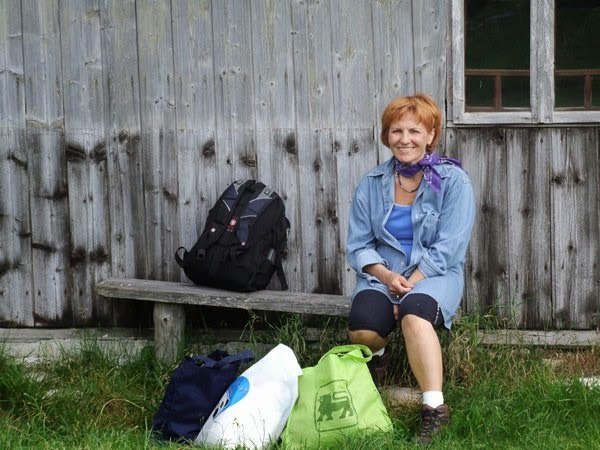I
may be in the (very misty) Carpathian mountains at the moment but have to keep
an eye on the other parts of the Balkan configuration….My German contacts tells
me that Bulgaria's close energy ties to Russia are causing concern among European officials
They worry Moscow will use Sofia as a beachhead for its interests and drive a wedge between EU member states.…..Bulgaria is an easy target for the Kremlin because the country is almost entirely dependent on energy imports from Russia to survive. One third of its economic output is either directly or indirectly controlled by Moscow, the German reports indicate. Bulgaria's governing coalition -- of the Bulgarian Socialist Party and the Movement for Rights and Freedoms party, which represents the country's Turkish minority -- is considered closely aligned with Moscow. It includes an illustrious group of former Communist Party members, intelligence service workers and Bulgarian oligarchs who do business with Russian President Vladimir Putin's minions.
One of the country's most influential business magnates is banker Tzvetan Vassilev -- whose KTB bank handles much of the money flowing from Moscow into state-controlled Bulgarian industry, particularly the energy sector.
Last week, various media reported the contents of a secret letter from Russian energy giant Gazprom to the Economics Ministry in Sofia. In the letter, the Russian state-owned company allegedly provided ministry officials with draft formulations for a law relating to the South Stream pipeline, a project that will carry Russian gas through Bulgaria to Austria. Much to the chagrin of the European Commission, the multibillion euro project is being led by Gazprom.
The government in Sofia has snubbed Brussels with the draft law because it redefines the Bulgarian part of the pipeline as a simple "gas grid interconnection" rather than a full-fledged pipeline in an effort to circumvent EU competition regulations….. The European Commission has been highly critical of the South Stream project, noting among other things that it violates EU energy market rules -- anti-monopoly regulations passed in 2009 aim to prevent producers from owning pipelines. In another alleged violation of EU policy, Bulgaria is also moving to exclude third-party suppliers from using the pipeline. German Foreign Minister Frank-Walter Steinmeier, a fellow Social Democrat, is kept fully abreast of the Kremlin's strategy by his staff. He met this month with Bulgarian President Rosen Plevneliev, an independent politician who is fighting openly with his government because he wants to keep Bulgaria on a course toward the West.Plevneliev warned of dangerous developments across the entire region. He fears Putin could destabilize Bulgaria and the Balkans and seek to bring it under its sphere of influence.
Gerhard Schröder is currently employed by a Gazprom subsidiary and made a trip to Sofia this week to provide support for the Bulgarian Socialists in the European election.









